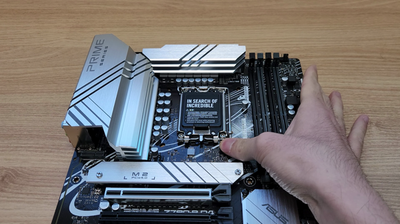
Trying out the Intel i9-13900K Processor with ASUS ROG Strix Z790-E Motherboard (2024)
My thoughts on the Intel i9-13900K processor and ASUS ROG Strix Z790-E: performance, gaming, features, and support.
Introduction
For a new PC I have been trying out the Intel Core i9-13900K processor with an ASUS ROG Strix Z790-E motherboard. Below is experience regarding performance, installation, and some issues that came up. Whether you're a gamer, content creator, or just someone looking for a robust computing experience, this combo seems to be a great fit.
Some photos (click to enlarge)
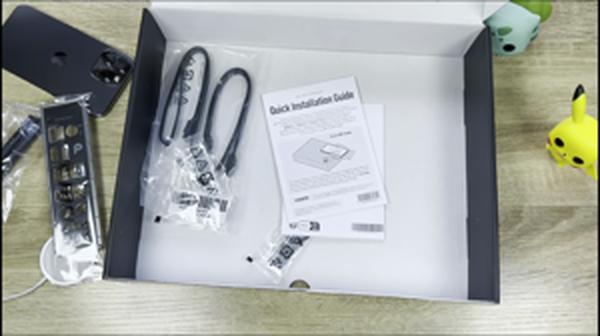
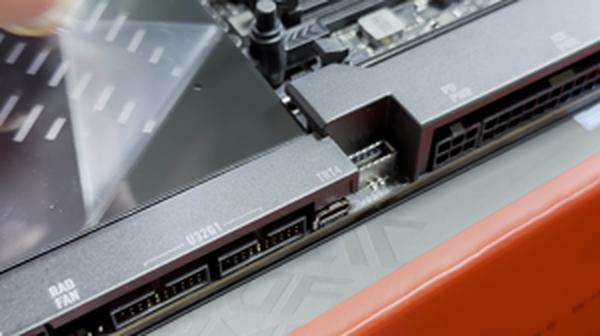
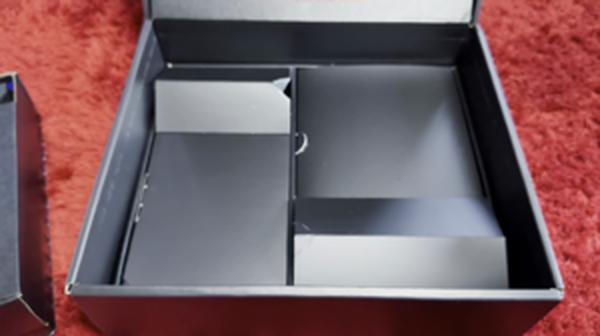
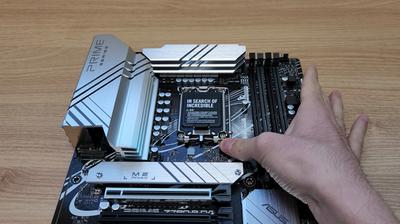
Specs of the Intel i9-13900K & ASUS Z790-E Motherboard
- Release Year
- Brand
- Compatible Devices
- Cpu Model
- Cpu Socket
- Graphics Card Interface
- Platform
Prices
Initial Impressions and Performance
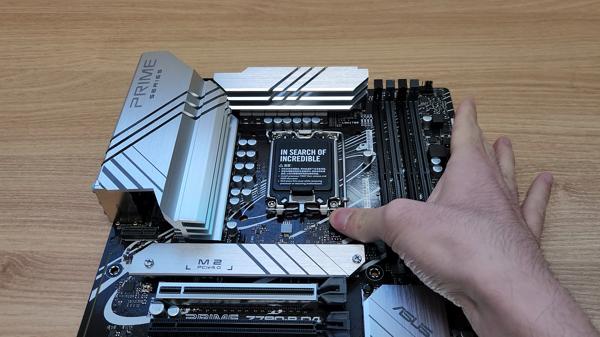
When it comes to building or upgrading a PC, the pairing of the Intel Core i9-13900K and ASUS ROG Strix Z790-E is like hitting the jackpot for high-end performance. After meticulously assembling the components and powering on the system, here are my _ honest thoughts _ about the initial impressions and performance.
Speed and Responsiveness: Right off the bat, the i9-13900K's performance is nothing short of stellar. The responsiveness when launching applications and handling demanding tasks is impressive. There's no lag or stutter to speak of, even when you throw heavy multitasking into the mix.
Installation: The motherboard and CPU slot together smoothly, with clear instructions making the process manageable even for someone who isn’t a seasoned PC builder.
Thermal Management: It’s worth noting that there's no included cooler, so you'll need to invest in a solid thermal solution, especially if you're planning on overclocking.
Overclocking Potential: Speaking of which, the AI Overclocking features provide an accessible route to pushing the CPU further, tailoring performance to your setup.
Aesthetics: On a superficial note, the motherboard looks sleek with its RGB lighting - it's a small thing, but it adds a nice touch to the overall build.
However, not all is seamless. The lack of USB ports can be a downer if you have numerous peripherals, and the learning curve for all the ASUS-exclusive tools might intimidate less tech-savvy users. Moreover, some users report issues with certain GPU installations and XMP profiles, which can be frustrating. These drawbacks, though minimal in the face of the overall performance gains, are imperfections on an otherwise stellar combination.
Drawbacks to Consider:
Lack of a bundled cooler.
Fewer USB ports could be limiting for some users.
Potential issues with XMP stability and specific GPU fittings.
Despite these hiccups, I genuinely feel that the leaps in performance justify the investment. It’s like moving from a trusty sedan to a high-performance sports car; you immediately notice the difference in horsepower. The Intel Core i9-13900K paired with the ASUS ROG Strix Z790-E delivers a powerhouse for both work and play, but it's not without the need for minor tweaks and additional components to achieve perfection. It's a prime candidate for anyone looking to build a top-tier PC and is definitely worth the money for serious enthusiasts.
Sure, it’s not been a long-term test just yet, and time will tell how this setup endures, but the initial experience has been affirmative. For those on the quest of reaching peak computer performance, this combination merits serious consideration.
Gaming and Multitasking Experience

When I embarked on the journey to build my latest gaming rig, I found myself gravitating towards the Intel Core i9-13900K and the ASUS ROG Strix Z790-E motherboard. What an adventure it has been - from the unboxing experience to the nuanced intricacies of marrying the two together - this combo has stood out for its multitasking might and gaming performance. Here are my key takeaways so far:
Performance: The i9-13900K flies through every task. Whether gaming or working on intensive projects, it steps up to the challenge without breaking a sweat.
Multitasking: I can run multiple applications simultaneously – a game on one screen, a video render on another – and the system doesn't flinch.
PCIe Support: The PCIe 5.0 support is forward-thinking, readying my system for future high-speed components.
But it's not merely about the positives. There have been a couple of hurdles along the way:
Thermal Solution: The lack of a thermal solution in the box means extra cost and research for an adequate cooler.
USB Ports: I'd appreciate more onboard USB ports. It seems like a compromise for an otherwise high-end board.
In terms of my day-to-day experience, I can share a few honest insights.
Firstly, the processor's ability to scale up to 5.8 GHz when the need arises is just phenomenal – it's arguably overkill for gaming, but when it comes to heavy-duty tasks like video editing or 3D rendering, that speed is a godsend. Multi-threaded applications rejoice at the sight of the i9's many cores working in unison.
But let me tell you about the gaming experience. Pairing this CPU with a decent GPU (which I feel could still be better to match the CPU's prowess), I've seen frame rates and loading times improve dramatically compared to my older setup.
What's a game of "Cyberpunk 2077" or "Civilization VI" without those extra frames and reduced load times, right?
On the multitasking front, I regularly find myself with dozens of open tabs, several Adobe Creative Suite applications running, while casually replying to emails or streaming music. It's genuinely impressive how seamless the experience has become with this motherboard-CPU combination.
Moreover, the AI-driven tools provided by ASUS for overclocking and cooling are more than just gimmicks; they are legitimately useful and make the experience quite intuitive.
In summary, while the i9-13900K and ASUS ROG Strix Z790-E deliver on power and potential, you must be aware of their quirks, like the need for additional cooling and planning for port availability. Despite these minor setbacks, the investment has largely been justified with robust gaming sessions and multi-tasking efficiency. It's remarkable how technology has evolved, and I'm here, ready to reap its benefits.
Motherboard Features and Connectivity

As a tech enthusiast who has always been keen on extracting maximum performance from my computer, I recently took the plunge with the Intel i9-13900K and the ASUS ROG Strix Z790-E motherboard. This combo has been a revelation in terms of the features and connectivity options available, though it's not without a few hiccups.
Here's a quick breakdown of what stood out:
Robust Power Solution: The 20+1 power stages rated for 90A ensure stable power even under heavy loads, crucial for overclocking.
Cooling Solutions: The multiple M.2 slots come with substantial heatsinks which is a godsend for thermal management.
Networking Capabilities: The onboard WiFi 6E and 2.5Gb Ethernet offer speed and reliability for seamless online gaming or streaming.
While I'm enamored with the plethora of features, certain things could have been better:
USB Ports: The limited number of USB ports is an inconvenience, though not a deal-breaker.
BIOS Updates: Required for optimal RAM performance, updating BIOS can be intimidating for novices.
The PCIe 5.0 support is a forward-thinking feature that I appreciate – it's ready for future upgrades, and that's a huge plus for any build that aims to last a few good years. Also, the AI features for overclocking and cooling are something of a mixed bag. On the one hand, they represent a fascinating glimpse into what automated system tuning could look like. However, I've sometimes found the AI's decisions to be conservative, preferring instead to tweak settings manually to my liking.
The build quality of the board itself is excellent – solid, with a reassuring heft to it. Building with this motherboard was a joy, everything feels premium, and the included safeguards like the GPU lock are appreciated.
But it's not all roses. The DDR5 support is great for future-proofing, but if you're transitioning from DDR4, be prepared to invest in new memory modules. Also, I did encounter some quirks with the Intel I225-V NIC, which required a few workarounds — but nothing insurmountable.
In my personal setup, the motherboard's integrated 2.5Gbps LAN has been terrific for tethering to my high-speed internet, and the Wi-Fi reliability is a boon when wired isn't an option. The on-board video worked out of the box, while the M.2 storage slots with heatsinks helped me keep a clean and cool rig.
Despite a few reservations, particularly around the number of USB ports and initial BIOS tweaks needed for memory compatibility, the positives far outweigh the negatives. The connectivity, robust power solutions, and quality of build make the ASUS ROG Strix Z790-E motherboard a sound choice to accompany the i9-13900K, forming the backbone of a system that screams performance.
Long-Term Reliability and Support

After several months with the Intel i9-13900K and ASUS ROG Strix Z790-E, it's time to reflect on their long-term reliability and support. Here's my rundown:
Long-Term Reliability:
Robustness: The build quality of the ROG Strix Z790-E is unarguably solid. This motherboard is heavy, an indicator of the quality materials used. My confidence in its durability is high. Stability: I've experienced seamless multitasking and gaming, thanks to the i9's raw performance. However, occasionally there are Windows 11 hiccups — particularly with the RAM stability under heavy loads. BIOS Updates: Frequent BIOS updates from ASUS have been a mixed bag. While they're meant to improve system stability and compatibility, they sometimes necessitate troubleshooting of their own. Heat Management: Overclocking with AI tools offered by ASUS is intuitive, but be warned — no stock cooling solution means additional investment in a quality cooler is non-negotiable.
From my experience, the i9-13900K has shown no signs of slowing down, embracing every task I throw at it without hesitation. The multitasking prowess alone makes the setup worth the investment. On the motherboard side, it's been mostly smooth sailing, except for some struggles with XMP profiles that are yet to be resolved by ASUS.
Support Experience:
Customer Service: My interactions have been a mixed bag. On one hand, ASUS proved helpful during the initial setup phase. On the other hand, warranty and technical support issues can be far more frustrating and seem to depend heavily on the agent you get. Community Resources: For all its flaws, the support community surrounding ASUS products is robust. Forums are filled with invaluable advice for troubleshooting.
While the performance has exceeded expectations, the support experience has highlighted the importance of a solid return policy and the variability of tech support. Now, let's summarize:
Pros:
- Excellent build quality
- Impressive performance from the i9-13900K
- Feature-rich motherboard with room for expansion
- Actively updated BIOS for performance improvements
Cons:
- Potential RAM stability issues under XMP
- No included cooling solution for a high-tier setup
- Tech support can be hit or miss
In conclusion, the 'reliability for the price' factor is strong with this duo. They provide a professional-grade experience that, when unleashed, shows no stutter or lag. The true value emerges when multitasking and in the crucial moments during gameplay. Despite the drawbacks, considering the longevity these components exhibit, the pros far outweigh the occasional cons. Should you choose to upgrade or build around this CPU and motherboard, be aware of the initial complexities and possible need for additional cooling solutions, but also be ready for a top-tier performance that could redefine your computing standards.
Comments (0)
Share